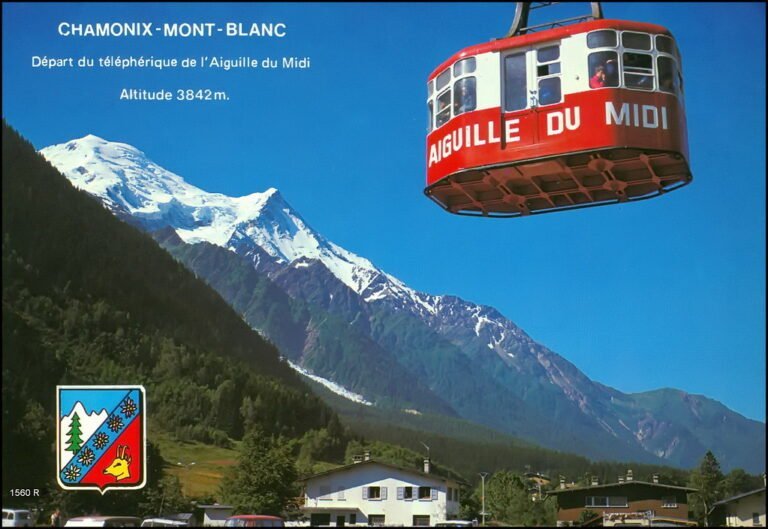Is Yosemite a Type of Rock?
Yosemite is not a type of rock, but rather a renowned national park in California known for its stunning natural beauty and unique geological features. The park's landscape is shaped by a diverse array of geological formations, including granitic, metamorphic, and sedimentary rocks. While Yosemite is home to iconic granite cliffs, the name 'Yosemite' does not refer to a specific type of rock or geological formation. Instead, it's a protected area that showcases the region's fascinating geological history. As we delve into the complexities of Earth's lithosphere, there's still much to uncover about the intricate stories hidden within the rocks.
Defining Yosemite: A Place or a Rock?
Yosemite, a term synonymous with majestic granite cliffs and picturesque valleys, sparks a question: does it refer to a geological formation or a protected area in California? The answer lies in understanding the context. Yosemite National Park, located in California's Sierra Nevada mountains, is a protected area renowned for its stunning natural beauty. The park's name, however, does not refer to a specific type of rock or geological formation. Instead, it is derived from the Miwok Native American tribe's word "Yohhe'meti," meaning "they are killers," originally referring to the Ahwahneechee tribe that inhabited the valley. By clarifying the meaning of Yosemite, we can better appreciate the significance of this iconic national park and its unique geological features.
Geological Formations in Yosemite National Park
Beneath the scenic vistas of California's Sierra Nevada mountains, a diverse array of geological formations has been shaped over millions of years. Yosemite National Park is home to a unique combination of granitic rocks, metamorphic rocks, and sedimentary rocks. These formations have been sculpted by a combination of tectonic forces, volcanic activity, and erosion.
Some notable geological formations in Yosemite include:
- Granite domes: Characterized by their rounded shapes and smooth surfaces, these formations are a hallmark of Yosemite's landscape.
- Metamorphic rocks: Formed under intense heat and pressure, these rocks exhibit unique textures and compositions.
- Sedimentary rocks: Composed of compressed sediments, these rocks provide a window into the region's ancient past.
- Glacial erratics: Rocks transported by glaciers and deposited in unexpected locations, offering clues to the region's glacial history.
These formations not only shape Yosemite's breathtaking landscape but also provide valuable insights into the region's complex geological history, allowing us to delve into the region's ancient past.
The Composition of Yosemite's Granite Cliffs
Granite cliffs, the iconic sentinels of Yosemite's landscape, owe their rugged beauty to a unique combination of minerals that have been forged over millions of years. The primary components of Yosemite's granite are quartz, feldspar, and mica, which provide the cliffs' characteristic sparkle and color. The quartz content, typically around 25-30%, gives the granite its durability and strength. Feldspar, comprising approximately 50-60%, contributes to the rock's light-colored, speckled appearance. Mica, present in smaller amounts, adds a subtle sheen. The precise balance of these minerals has been shaped by geological forces, resulting in the distinctive, awe-inspiring cliffs that define Yosemite's dramatic landscape.
A Global Perspective on Yosemite Rocks
Across the globe, geological wonders akin to Yosemite's iconic cliffs can be found, each with its unique mineral composition and formation story. While Yosemite's granitic cliffs are a marvel, similar formations can be discovered in other parts of the world.
- Mount Augustus National Park, Australia: Features a stunning sandstone formation, showcasing a different geological history.
- Zion National Park, USA: Boasts sandstone cliffs with a distinct red hue, formed through millions of years of erosion.
- Mount Rushmore, USA: Comprises granite rocks similar to Yosemite's, but with a different mineral composition.
- Giant's Causeway, Northern Ireland: Displays an unique array of interlocking basalt columns, formed through rapid cooling of lava.
These examples highlight the diversity of geological formations worldwide, each with its own story to explore.
Rethinking the Classification of Rocks
As geologists continue to uncover the complexities of Earth's crust, the traditional classification of rocks is being challenged, sparking a reevaluation of the very foundations of petrology. The conventional categories of igneous, sedimentary, and metamorphic rocks are no longer seen as mutually exclusive, with many rocks exhibiting characteristics that blur these boundaries. This shift in understanding has significant implications for our comprehension of Earth's geological history and the processes that shape our planet. As a result, geologists are rethinking the way we categorize and classify rocks, moving towards a more nuanced and dynamic understanding of the Earth's lithosphere. This paradigm shift has far-reaching implications for fields such as geology, geochemistry, and environmental science.



